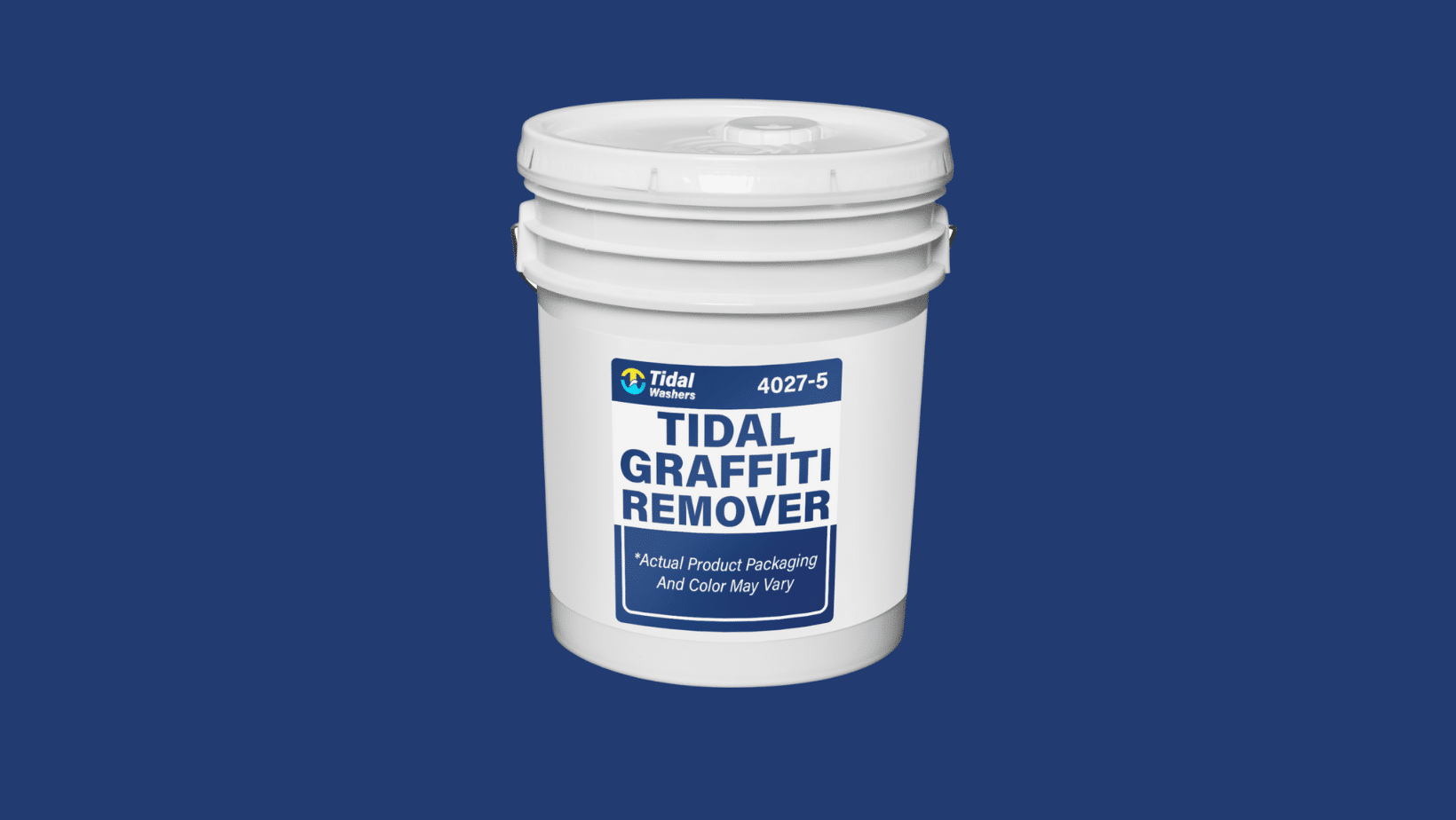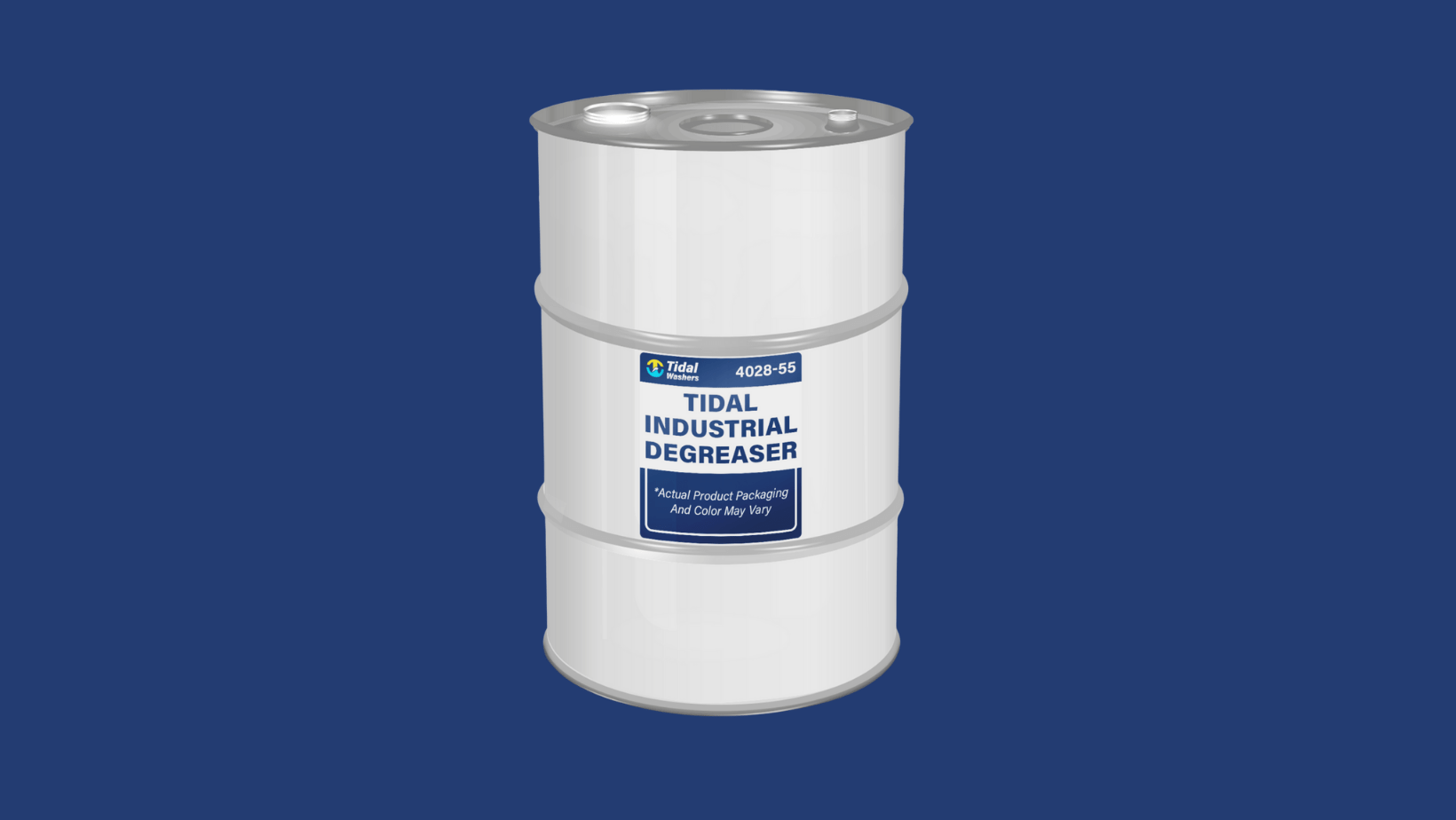Non-pressure chemical cleaning, also known as soft washing, is a method that eliminates the use of extreme pressure when cleaning a roof. When it...
Blog


CHEMICAL INDUSTRY NEWS
Chemical Chat – Discover What’s New!
The Benefits of Tidal Graffiti Remover
Definition of Tidal Graffiti Remover Looking to remove graffiti? Tidal Graffiti Remover is the perfect product system for you! It consists of two...
Ayanna’s Internship Experience
When I saw Ecolink posted as an Internship opportunity on LinkedIn I knew I had to apply. While I have several internships under my belt, I was...
The Benefits of Tidal Industrial Degreaser
Do You Use Industrial Cleaning Products? If you or your company frequently employs industrial cleaning solutions,...
The Benefits of Tidal Graffiti Remover
Definition of Tidal Graffiti Remover Looking to remove graffiti? Tidal Graffiti Remover is the perfect product system...
Company News

Managed Services
Discover the Latest in Safe and Sustainable Chemical Solutions
Stay informed with Ecolink’s blog! Subscribe now
Chemical Management Information
Stay updated with us
Sign Up for the Latest Updates
Stay informed about chemical supply chain disruptions and emerging innovations to keep your business at the forefront of efficiency and innovation. Uncover new ways to make your business practices more sustainable by incorporating safer products into your cleaning lineup.


























